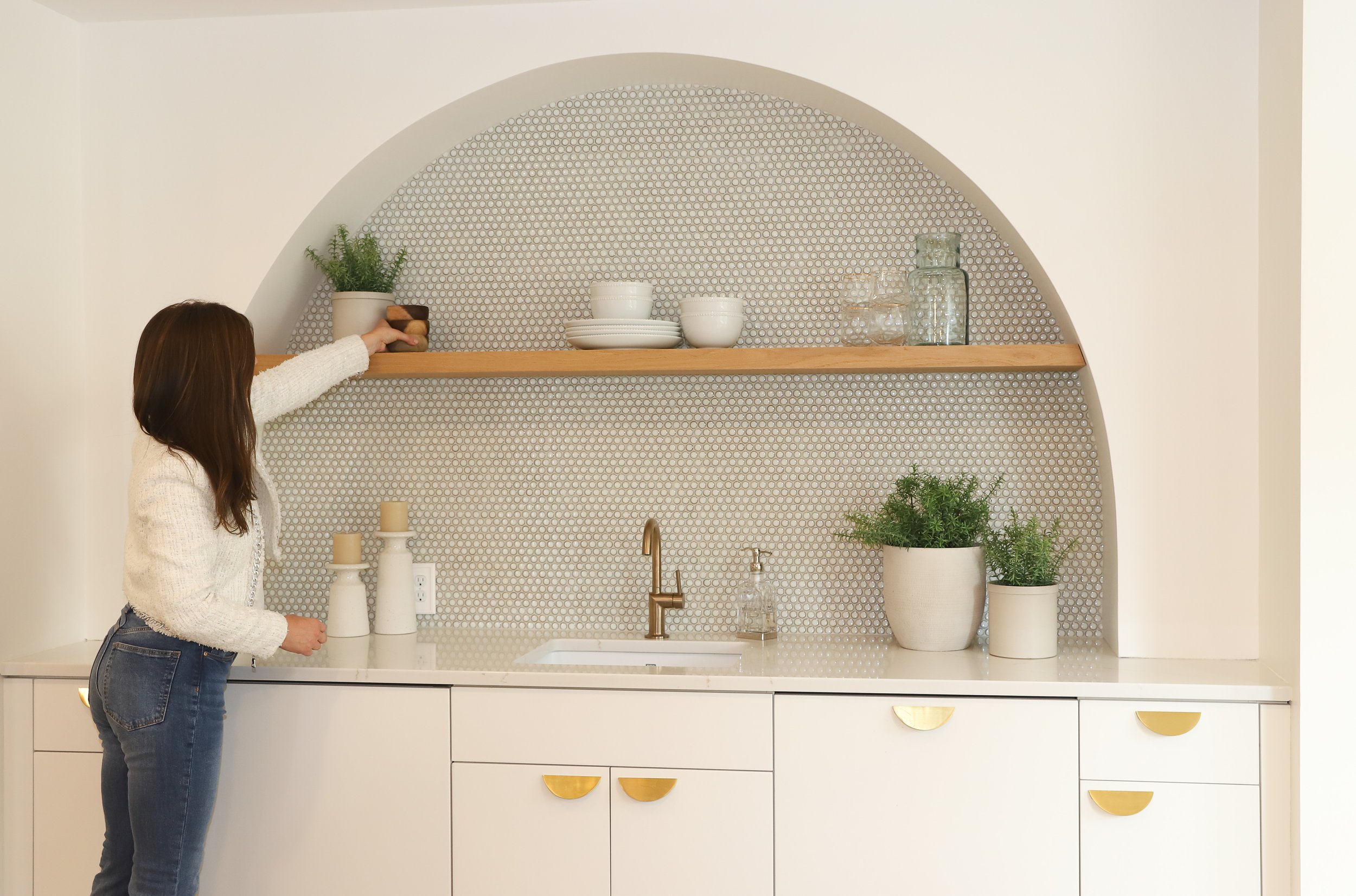Have you ever struggled to create the right mood in a room with your lighting? Whether too bright, too dark, too yellow or too blue it can be difficult to get it right. Here is your foolproof guide to all your lighting issues
Lighting plays an important part in your design affecting not only the mood of the room but also the functionality of your space. Proper lighting is essential to create the vibe you want your room to convey
One of the most transformative elements in any space is lighting. It not only serves a practical purpose but also sets the mood and enhances the overall aesthetic. Whether you're renovating your home or just looking to refresh a room, selecting the right lighting can make all the difference. Here’s a comprehensive guide to help you navigate through the world of lighting and make informed choices for your home
Let’s talk about the 3 main categories of lighting: Ambient, Task and Accent.
Ambient lighting is the main lighting of the room typically from ceiling fixtures, chandeliers or wall mounted lights. This type of light sets the overall tone of the room and usually fills the whole room.
Task lighting includes lighting for specific areas like desk lighting, island lighting and under cabinet lighting. Task lighting should be bright so as to complete your task but not too harsh that it strains the eye.
Accent lighting adds depth and dimension to the room while highlighting an area. Examples include artwork or architectural lighting and wall lighting. This lighting should be brighter than the ambient lighting.
Lumens and Kelvins explained
When it comes to lighting, two key terms you'll often encounter are lumens and kelvins. These terms are essential for selecting the right lighting for your home, office, or any other space. Let's break down what they mean and why they matter.
In simple terms, lumens indicate the brightness of a light bulb. The higher the lumen rating, the brighter the light. This measurement is particularly useful because it gives you a clear idea of how much light a bulb will produce, regardless of the wattage. Higher Lumens = Brighter Light: For example, a standard 60-watt incandescent bulb produces about 800 lumens. If you need brighter lighting, look for a bulb with a higher lumen count.
Kelvins (K) measure the color temperature of a light source. Color temperature refers to the hue of the light produced by the bulb, ranging from warm to cool. It's measured on a scale from 1,000 to 10,000 kelvins.
Warm Light (2000K-3000K): Bulbs in this range produce a warm, yellowish light, similar to the glow of a traditional incandescent bulb or candlelight. This type of lighting is cozy and inviting, making it ideal for living rooms, bedrooms, and dining areas.
Neutral Light (3100K-4500K): This range produces a more neutral white light, often used in kitchens, workspaces, and bathrooms. It offers a balance between warmth and coolness, providing a clear and pleasant light that's suitable for tasks.
Cool Light (4600K-6500K): Bulbs in this range emit a bright, bluish-white light, similar to daylight. This type of lighting is excellent for areas where you need maximum visibility and alertness, such as garages, workshops, and offices.
By understanding lumens and kelvins, you can make informed decisions about your lighting needs, creating spaces that are both functional and aesthetically pleasing. Whether you're looking for a warm, inviting glow or bright, invigorating light, knowing how to balance brightness and color temperature will help you achieve the perfect lighting setup for any environment.
Choosing the right lighting for your home involves balancing functionality with aesthetics. It’s about creating a comfortable and inviting atmosphere while enhancing the functionality of each space. By considering the type of lighting needed, the style of fixtures that best suits your decor, and incorporating modern energy-efficient options, you can transform your home into a well-lit sanctuary that reflects your personal style and enhances your everyday living experience.
Remember, lighting evokes feeling. Let your home shine with the right lighting choices!






